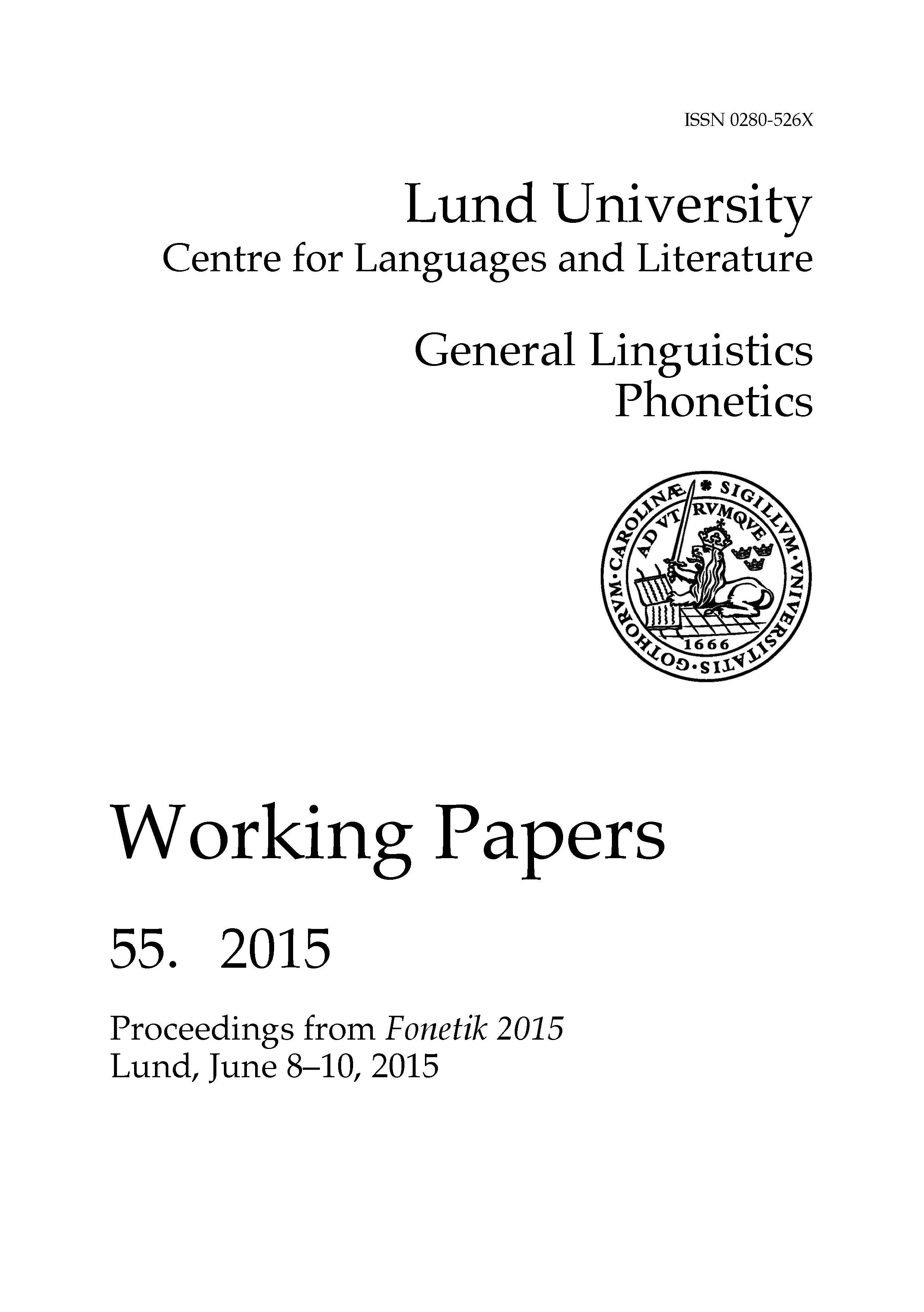Halfway to Estuary English with H. G. Wells (1866-1946)
Abstract
The speech of seven Kentish informants born in the closing decades of the 19th century (recorded by the Survey of English Dialects), and of their contemporary, the author H. G. Wells (also Kentish), is reviewed with respect to six sound changes already present in varying combinations in their Kentish speech, in order to elucidate the routes and timing for how they were being spread. The recordings have caught moments in the period 1860-95 where a new accent (Estuary English) was spreading across rural Kent from the towns along the shore of the Thames estuary, each informant exhibiting an individual mixture of new pronunciations and earlier Kentish pronunciations. Similar sound changes were occurring throughout the home counties, but their precise timing, progress and routes were not studied for this article. The changes examined here are loss of rhoticity, TRAP shifted away from DRESS, THOUGHT modified from [ɔː] to [oː], LOT from [a] to [ɔ], PRICE from [ʌi] to [ai], and MOUTH from [ɛʉ] to [æɒ]. The results indicate that the sound changes started at different times, and spread through Kent over several generations, each starting from the north (London and the estuary coast), and ending in the east and south. Each change appears to have started spreading to neighbouring rural areas within a generation of appearing in estuary towns. The earliest of the six changes was PRICE, estimated appearing around 1800 in estuary towns (acquired by seven informants); then THOUGHT (acquired by five); MOUTH and rhoticity loss (four each); TRAP (three); and the most recent was LOT (two).


